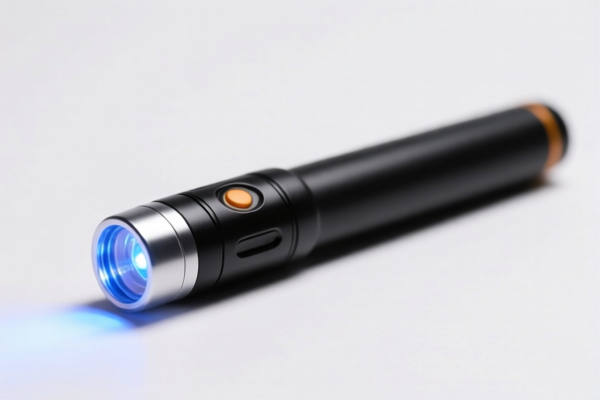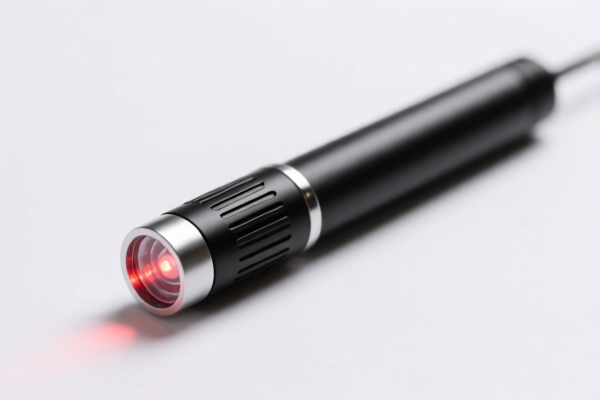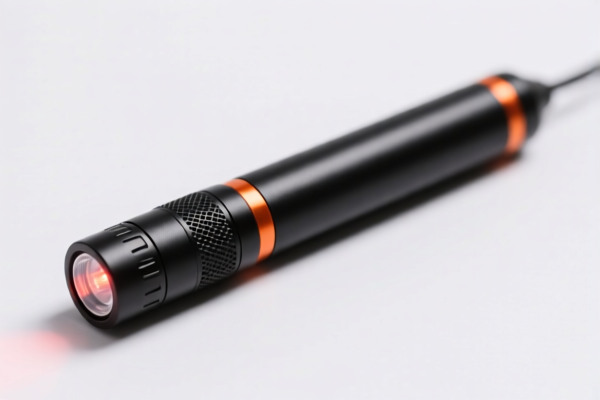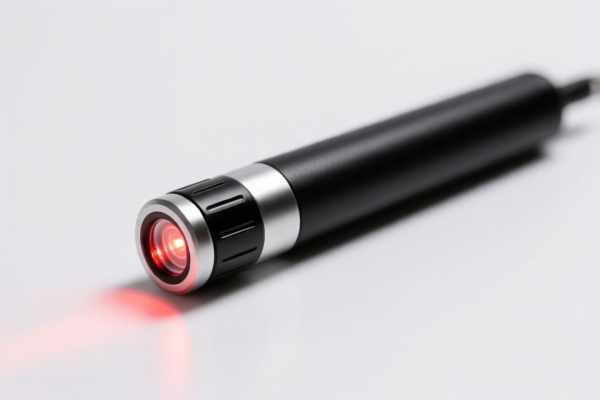| HS Code | Official Doc | Tariff Rate | Origin | Destination | Effective Date |
|---|---|---|---|---|---|
| 8515110000 | Doc | 57.5% | CN | US | 2025-05-12 |
| 8515110000 | Doc | 57.5% | CN | US | 2025-05-12 |
| 9013200000 | Doc | 55.0% | CN | US | 2025-05-12 |
| 9013809100 | Doc | 42.0% | CN | US | 2025-05-12 |




Laser
A laser (Light Amplification by Stimulated Emission of Radiation) is a device that emits light through a process of optical amplification based on the stimulated emission of electromagnetic radiation. Lasers are distinguished from other light sources by their coherence, monochromaticity, and high directionality.
Material
The active gain medium in a laser can vary widely, determining the wavelength and power characteristics. Common materials include:
- Solid-state: Crystals (Ruby, Nd:YAG, Nd:Glass, Ti:Sapphire) and semiconductors (Gallium Arsenide, Indium Phosphide).
- Gas: Helium-Neon (HeNe), Argon, Carbon Dioxide (CO2), Krypton, and Excimer gases.
- Dye: Organic dyes in liquid solution.
- Semiconductor: Diode lasers utilizing semiconductor junctions.
- Fiber: Optical fibers doped with rare-earth elements.
The optical cavity typically uses mirrors to amplify the light, often made of materials with high reflectivity at the laser’s wavelength.
Purpose
Lasers serve diverse purposes across numerous fields:
- Industrial: Cutting, welding, marking, engraving, and surface treatment.
- Medical: Surgical procedures (eye surgery, dermatology, oncology), diagnostics, and therapy.
- Scientific: Spectroscopy, metrology, atom trapping, and fundamental research.
- Commercial: Barcode scanners, laser pointers, optical storage (CD/DVD/Blu-ray), and projection displays.
- Military: Rangefinding, targeting, and directed energy weapons.
- Telecommunications: Fiber optic communication.
- Consumer: Laser printers, laser levels, and entertainment (laser light shows).
Function
The core principle of laser operation involves three key components:
- Gain Medium: Atoms, molecules, or ions are excited to a higher energy level.
- Pump Source: Energy input (optical, electrical, chemical) to excite the gain medium.
- Optical Cavity: Mirrors reflect light back and forth through the gain medium, amplifying it through stimulated emission.
Stimulated emission occurs when a photon interacts with an excited atom, causing it to emit an identical photon, resulting in coherent light amplification. The cavity's mirrors create a resonant structure, selecting specific wavelengths for amplification.
Usage Scenarios
- Laser Cutting: High-powered lasers precisely cut through materials like metal, plastic, and wood.
- Laser Surgery: Focused laser beams precisely remove or modify tissue with minimal damage.
- Barcode Scanning: Lasers scan barcodes to identify products and prices.
- Fiber Optic Communication: Lasers transmit data through optical fibers at high speeds.
- Laser Rangefinding: Lasers measure distances by calculating the time it takes for light to travel to a target and back.
- Spectroscopy: Lasers are used to analyze the composition of materials by studying their interaction with light.
Common Types
- Gas Lasers:
- Helium-Neon (HeNe) Lasers: Low-power, visible red light, commonly used in barcode scanners and educational demonstrations.
- Argon Lasers: Visible blue-green light, used in medical applications and scientific research.
- Carbon Dioxide (CO2) Lasers: High-power, infrared light, used in industrial cutting and welding.
- Solid-State Lasers:
- Nd:YAG Lasers: Versatile, near-infrared light, used in medical, industrial, and scientific applications.
- Ti:Sapphire Lasers: Ultrafast pulses, used in scientific research.
- Semiconductor Lasers (Diode Lasers): Compact, efficient, used in barcode scanners, laser pointers, and optical storage.
- Fiber Lasers: High-power, high efficiency, used in industrial cutting, welding, and marking.
- Excimer Lasers: Ultraviolet light, used in LASIK eye surgery and semiconductor manufacturing.
Lasers fall under multiple classifications based on the provided information. Here's a breakdown of relevant HS codes:
-
9013200000: This HS code covers Lasers, other than laser diodes; other optical appliances and instruments, not specified or included elsewhere in this chapter: Lasers, other than laser diodes.
- 90: Chapter 90 pertains to Optical, photographic, cinematographic, measuring, checking, precision, medical or surgical instruments and apparatus; parts and accessories thereof.
- 13: Heading 13 specifically addresses Lasers, other optical appliances and instruments.
- 200000: This subheading further defines the category as Lasers, excluding laser diodes.
-
9013809100: This HS code covers Lasers, other than laser diodes; other optical appliances and instruments, not specified or included elsewhere in this chapter: Other devices, appliances and instruments: Other.
- 90: Chapter 90 pertains to Optical, photographic, cinematographic, measuring, checking, precision, medical or surgical instruments and apparatus; parts and accessories thereof.
- 13: Heading 13 specifically addresses Lasers, other optical appliances and instruments.
- 809100: This subheading defines this as other devices, appliances and instruments, specifically 'Other'.
According to the provided reference material, the HS code options related to 'laser' are limited, with only the following 2 found.
Customer Reviews
No reviews yet.